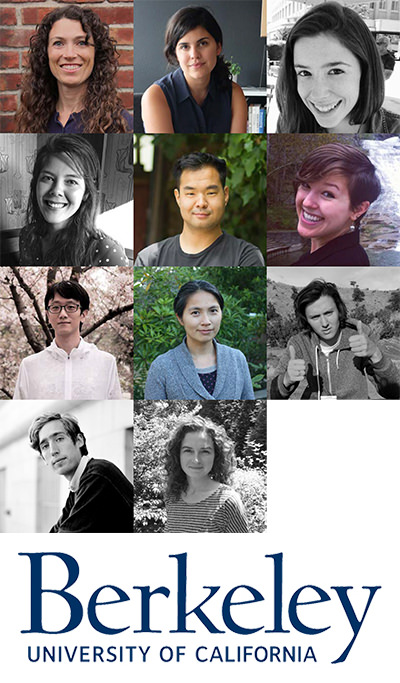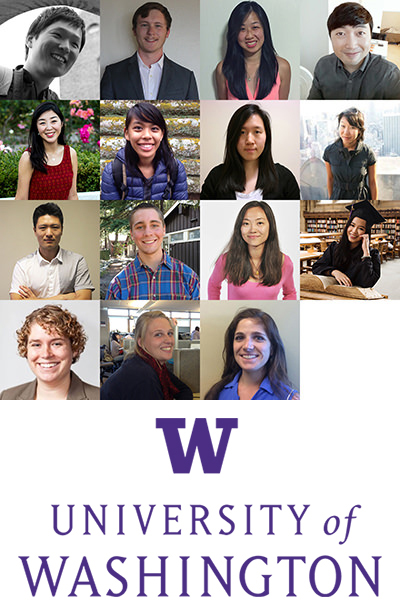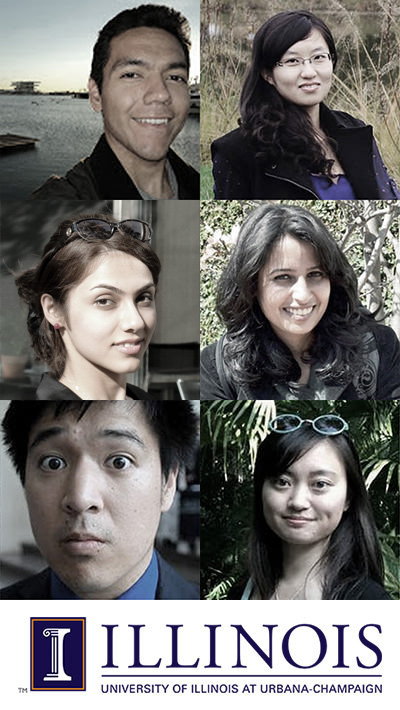
Bendway Park
Healdsburg, CA, USA | Eric Arneson, Student Affiliate ASLA | Undergraduate | Faculty Advisors: Heather Clendenin, Affiliate ASLA; Toni Bava; Mary Scott
Academy of Art University
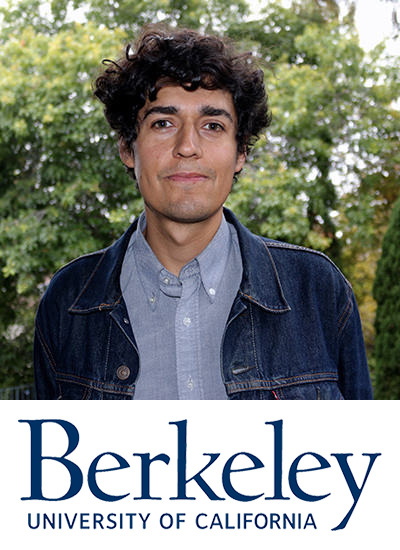




In recent years, the health disciplines have acknowledged the critical role of the environment, including landscape architecture, on human health. Poor environmental conditions become underlying causes for many health problems, and especially urban diseases of poverty in developing countries. Landscape architectural interventions can mitigate the burden on health and become a preventive and treatment health strategy. In the impoverished city of Iquitos in the Peruvian Amazon Rainforest, residential backyards are neglected spaces that create and exacerbate health problems such as vector-borne diseases and parasitic infections. This project proposes a design framework for affordable and beautiful backyard gardens that address a multitude of health problems such as malnutrition, parasites, infectious, mosquito-borne, and air-borne diseases and provide numerous additional positive benefits for human and ecological health such as habitat creation, increased biodiversity, and improved mental, social and physical health and wellbeing. Replicating this framework at the urban scale and implementing as a health strategy may have a significant positive impact on human and ecological health.
Located in Nakhon Phanom province, northeast of Thailand, this proposal aims to reclaim and preserve Seasonally Flooded Forest that was trespassed and destroyed by charcoal industry and industrial agriculture since 1965. By restoring and conserving the seasonal flooded forest in area of Pak Yam village, a rural landscape is proposed to relink human to seasonally flooded forest which was harmonized between life and nature, to create the space for better quality of life and become Nakorn Panom's provincial tourist attraction, in terms of ecology and cultural landscape. Understanding this dynamic landscape that benefits positive effects toward human beings, Ecological Gateway to seasonally flooded forest, educational space between interface of seasonally flooded forest and Dry evergreen forest have been proposed to the area. Through analysis on seasonally flooded area, landscape character, vegetation, annually activities and site potential, adaptable design is the key for living on this area and symbolizing the awareness to other people.

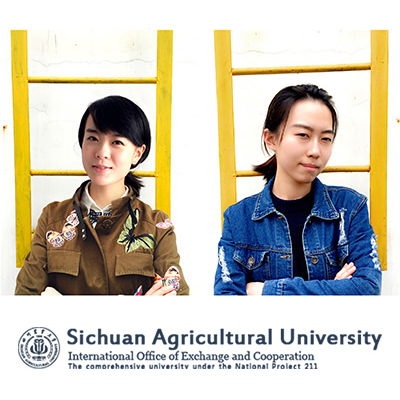




Landscape architects are the designers of a brilliant amount of surfaces. There is distinction, however, between surfaces’ abilities to foster plant life. The first major distinction divides landscape surfaces into hardscapes and softscapes. Traditionally, hardscapes, in comparison to softscapes which are comprised of soils or soil-like media for plant life, have not been designed to host plant life. Epiphytes, plants with the ability to grow without soil, however, could bring life to hardscapes where traditional planted systems have not thrived. This project contextualizes epiphytes for the landscape architect by describing elemental epiphyte relationships and preliminarily exploring the feasibility of hardscape materials as hosts for a representative epiphytic plant, the rabbit’s foot fern. A better understanding of epiphyte relationships, can facilitate future human developments as suitable hosts for epiphytes. Increased opportunities for biodiversity through the use of epiphytes can improve the dynamism and resilience of integrated landscape systems in the built environment.



